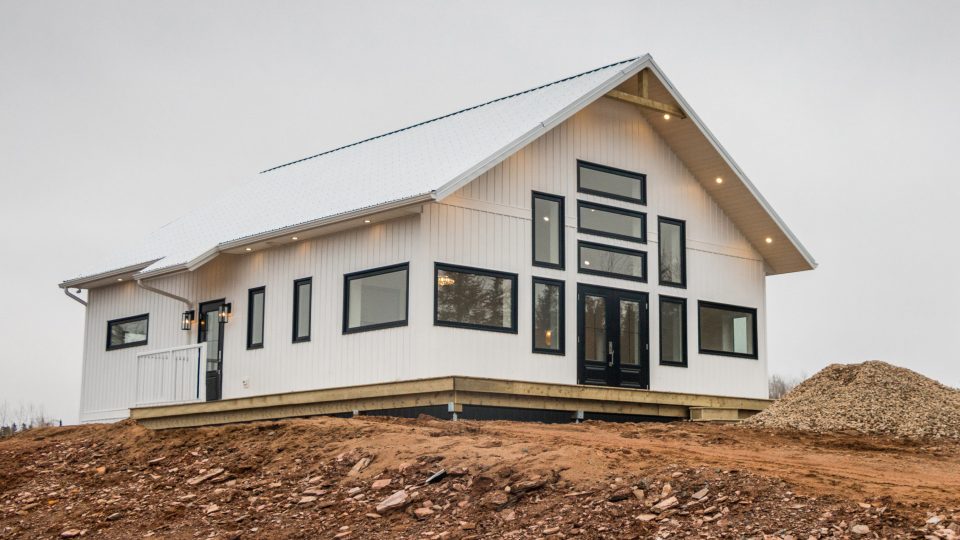What is an HRV and Why Do I Need One?
If you’re looking at building a home, you may have heard the term HRV come up.
So, what is an HRV and why do you need one?
HRV stands for Heat Recovery Ventilator. You may have also heard the term ERV, which is similar, and stands for Energy Recovery Ventilator.
The main function of both of these is to provide mechanical ventilation to a home, which is required by code (and built into our base costs). This is even more important with how we at Bentley Built build houses! Since we focus on building air tight homes, it’s crucial to have a way to exhaust stale or humid air, and bring in fresh air.

As an HRV exhausts and supplies air, the two air streams cross thermal paths. They don’t cross contaminate, but are run through a heat exchange core, which allows for about 60-85% of the heat of the exhausted air to be transferred to the incoming supply air.
This results in two things:
- not throwing away the energy used to heat the exhausted air
- pre-heating the cold supply air, and reverse during the summer

What’s the difference between HRV and ERV?
The difference between an HRV and the ERV is that an ERV also captures humidity. In the summer, it helps keep some of the exterior humidity outside, and in the winter, keep humidity indoors.
They both require very minimal maintenance. Usually just cleaning the filter and making sure the ducts aren’t clogged.
Which one should I choose?
Nova Scotia is on the cusp, where there isn’t really a clear answer to whether an HRV or ERV is the best choice. A small house with multiple occupants might better suit an HRV, whereas a bigger house with less occupants lends itself to an ERV. Our team can help with this choice!
If you have more questions about HRV’s and ERV’s, please get in touch with our team!



